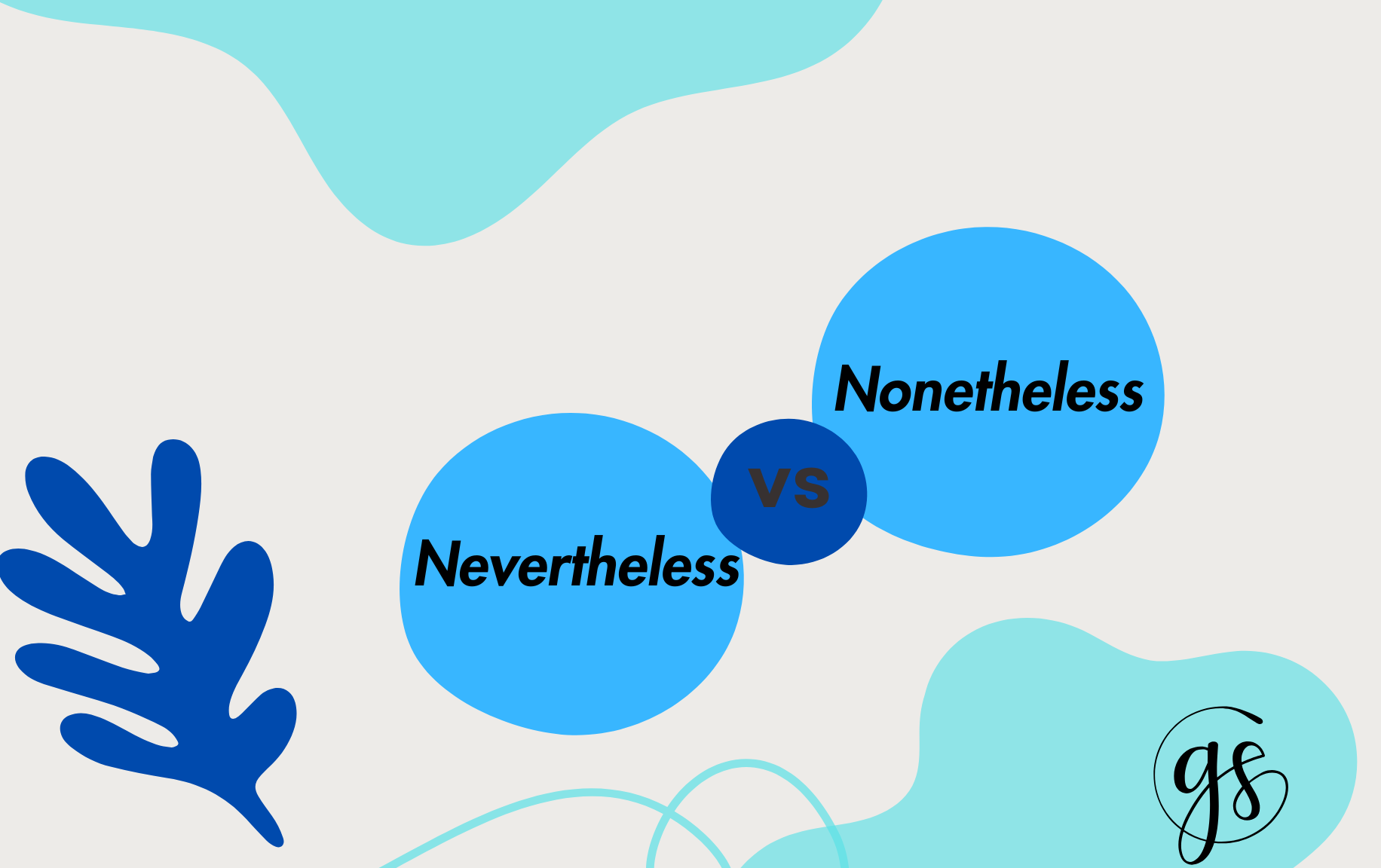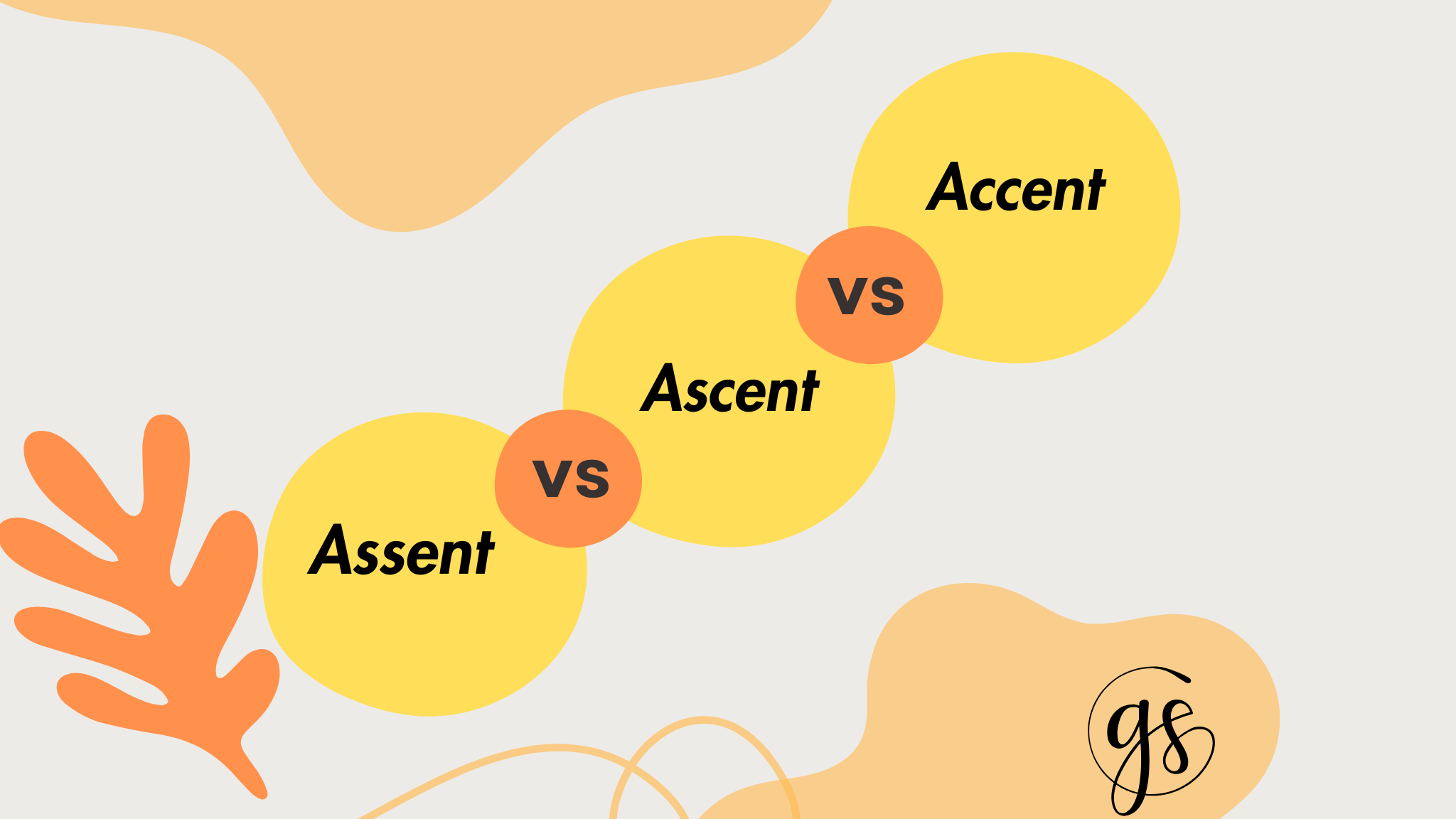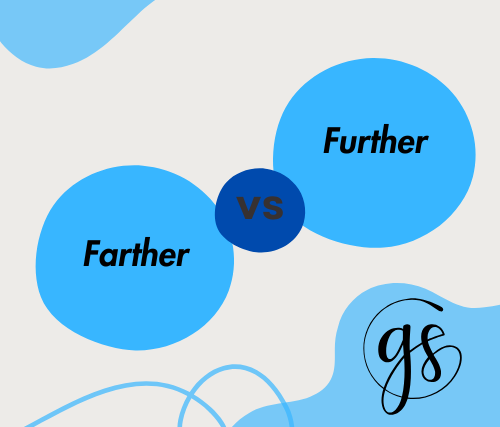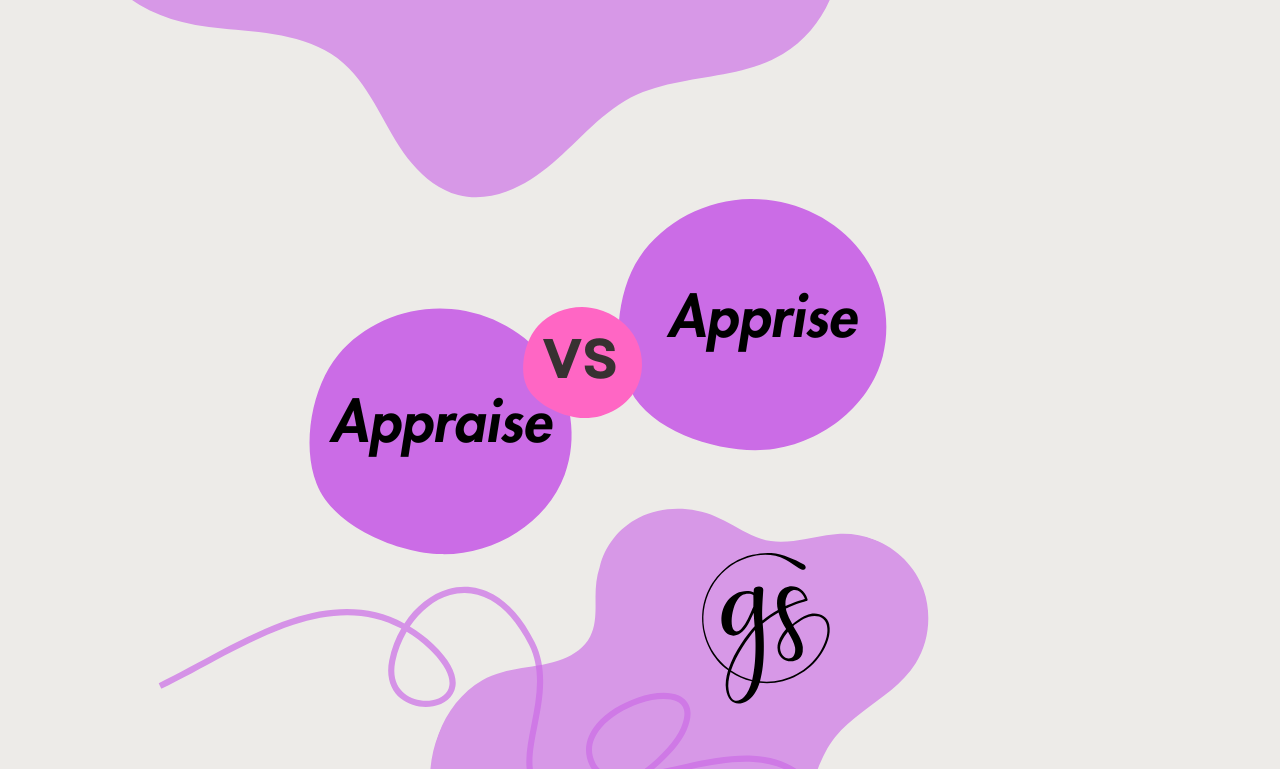Introduction:
Language changes over time, and small differences between words can show deeper meanings. For example, consider the adverbs nevertheless and nonetheless. At first, they seem similar because both connect ideas and introduce a twist. However in this article we discuss about the difference between nevertheless and nonetheless.
Nevertheless :The word nevertheless has a strong meaning that reflects the strength of the human spirit. Using this word shows that we recognize challenges while also committing to move ahead. It reminds us that there is always hope and action, even in tough times
The word nonetheless has a deep meaning that connects with our human experience. At its heart, nonetheless represents overcoming challenges while still moving forward. It shows our ability to keep going despite difficulties, blending resilience.
Word origin (of nonetheless/nevertheless)
Origin of nonetheless: Similarly, this term combines “none,” “the,” and “less,” with “none” indicating “not one” or “not at all.” It also has been in use since the late 14th century.
Origin of Nevertheless: This word is a combination of “never” (from Old English “nǣfre,” meaning “never”), “the,” and “less.” It literally conveys the idea of “not less than” or “not the less.” The term has been used since the late 14th century.
Improve conversation:
As we explore these differences in our writing, we understand how these adverbs help us express complex ideas gracefully. Both words highlight contrast or concession, allowing conversations to flow without strict boundaries. Choosing between them is like picking colors from a palette; sometimes we need the firmness of nevertheless, while other times nonetheless gives us the flexibility to share our thoughts comfortably. This exploration shows us that language is not just practical; it is also a powerful way to express ideas.
“Nevertheless” / “nonetheless”, used in sentences
Here are some examples of how to use “nevertheless” in sentences:
The weather was terrible; nevertheless, we decided to go hiking.
She was tired; nevertheless, she completed the project on time.
The book received mixed reviews; nevertheless, it became a bestseller
Here are some examples of how to use “nonetheless” in sentences:
The task was difficult; nonetheless, she approached it with confidence.
He was nervous before the presentation; nonetheless, he delivered it flawlessly.
The team lost the match; nonetheless, they showed great sportsmanship.
Nevertheless and Nonetheless synonyms
| Nevertheless, synonyms | Nonetheless synonyms |
| Yet | Yet |
| Still | Still |
| Even so | Even so |
| Nonetheless | Nevertheless |
Nevertheless and Nonetheless antonyms
| Nevertheless antonyms | Nonetheless antonyms |
| As a result | Consequently |
| Hence | Accordingly |
| Accordingly | As a result |
| For this reason | Hence |
Conclusion:
Language has many small words that can have big meanings. Take nevertheless and nonetheless. At first, they seem similar because both show contrast. However, they have different tones.
Understanding the differences between nevertheless and nonetheless can enhance our communication skills. So, when you need to use one of these words, think about their meanings and how they affect your message!
FAQ’s:
When to use nonetheless or nevertheless?
“Nevertheless”: Quick Summary. Nonetheless and nevertheless are considered synonyms and can therefore be used interchangeably. However, some grammarians argue that nevertheless should be used in time-related contexts, while nonetheless should be reserved for measurable contexts.
How do we use nevertheless in a sentence?
Nevertheless is an adverb that tells the reader that something happened even though there is something that might have stopped it from happening. Here are some example sentences with nevertheless: The math test was very difficult; nevertheless, she earned a good grade.
Is nevertheless positive or negative?
Unlike “however”, which is based on a positive-to-negative ordering of information, “nevertheless” and “nonetheless” require an opposite ordering of information, negative-to-positive.
What is the rule for nonetheless?
Use ‘Nonetheless’ When… ‘Nonetheless’ is more suitable to use when you want to portray something that goes against anything that happened or said. Moreover, you can also use it to signify a certain amount of something. Take a look at these examples; Some people prefer to use ‘but’ before ‘nonetheless’.
Which is better nevertheless or nonetheless?
Which is more formal, “nonetheless” or “nevertheless”? “Nevertheless” is often considered slightly more formal than “nonetheless.” It is more commonly found in academic and professional writing, while “nonetheless” can be used in both formal and informal contexts
THE END




